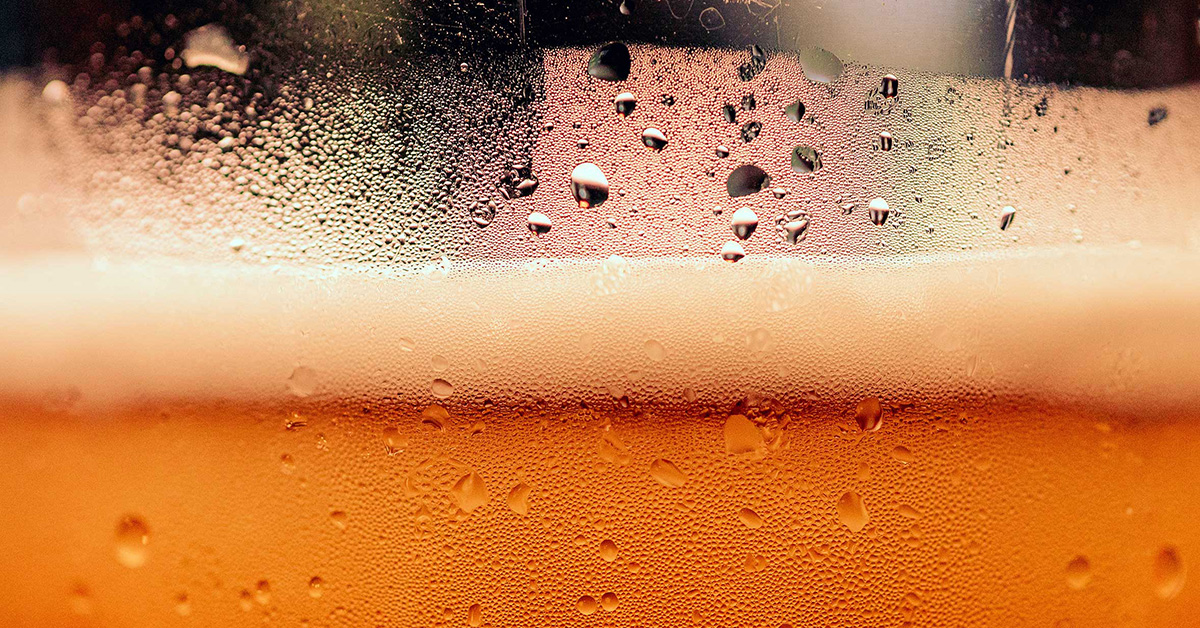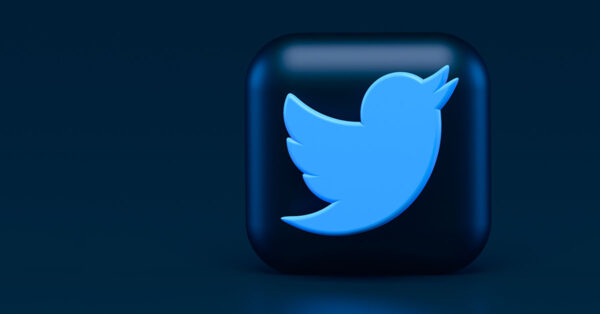Sometimes it’s a message, a meme or a metaphor
Earlier this year, Belgian customs authorities impounded a shipment of Miller Lite beer newly arrived in the port city of Antwerp and, as the media watched and filmed, drained, crushed and recycled all 2,532 cans.
What triggered the seizure was Miller’s branded identifier, “the champagne of beers,” in use since at least as far back as the Teddy Roosevelt administration. Only the bubbly libation produced in France’s Champagne region qualifies for the appellation, the customs cops said. Miller Lite has no such pedigree and no right to infringe on Champagne’s.
They completely missed the point, of course. As a branding device, “Champagne” isn’t meant to be taken literally but, rather, to suggest quality, refinement and even luxury. In that sense it is credible and, arguably, even poetic without being deceptive. It’s really what branding is all about.
You can do that sort of thing with beer and beer brands. No other beverage, alcoholic or otherwise, is as steeped in metaphor. A beer is never just a cold one on a warm afternoon. It’s a mindset, a trope, a song lyric. No one writes country-western anthems to sweet vermouth or soy milk. Generations of campers haven’t pushed overworked bus drivers to the edge with raucous refrains of “100 bottles of kombucha.” In the run-up to the 2000 presidential election, Americans measured the comparative “likability” of George W. Bush and Al Gore solely according to who would be more fun to have a beer with. Bush, who had stopped drinking years earlier, won that contest in a walk.
Next came the 2009 “Beer Summit” hosted by Barack Obama and Joe Biden in the White House Rose Garden. It seemed silly at the time—a publicity stunt more than an honest colloquy about race. But imagine how much sillier a Merlot Summit would have been.
Which brings us to this past Spring, when transgender influencer Dylan Mulvaney posted an Instagram video in which she displayed a custom can of Bud Light with her picture on it, presented by Anheuser-Busch to celebrate the one-year anniversary of beginning her transition. The video ran less than a minute but sparked a fast-moving brushfire; the embers have yet to die out. The far right excoriated the company for “going woke” and called for a boycott. Some went all Belgium on the beer and had themselves filmed gleefully dumping and demolishing cans. Kid Rock took his outrage a step further and blasted away with an assault rifle. And two AB marketing executives involved in the promotion were invited to take a leave of absence.
For brand stewards, whether for beer, kombucha or financial services, the Mulvaney-Bud Light episode offers three important lessons:
- Testing is essential. Never roll out a new concept—or even a single bespoke beer can—without testing it first. Listen to your customers, take their concerns seriously, and avoid falling in love with your own brilliance. It can be painful to scale back or scrap a new idea, but you may save yourself a lot of trouble.
- Culture wars are real. Notwithstanding its good intentions, Bud Light, like Disney, Target and other iconic brands, had put itself in the middle of the American culture wars, where it definitely didn’t want to be. Diversity and inclusion had never been an explicit part of Bud Light’s working-stiff brand image and many loyal fans saw the departure as a betrayal.
- Perception is everything. Your brand is what your market perceives it to be—which may not align perfectly with what you want it to be. Unlike Miller Lite, Bud Light had never pretended to Champagnehood. But for one unfortunate moment, it lost sight of its own brand equity. And the only ones spilling the maligned brew into the gutter were its customers.




